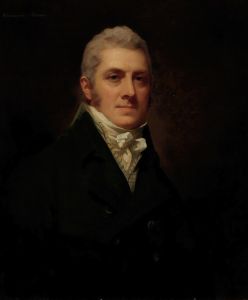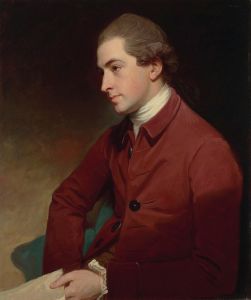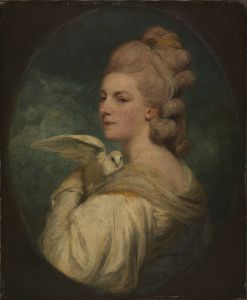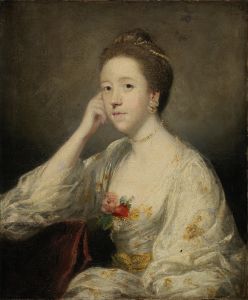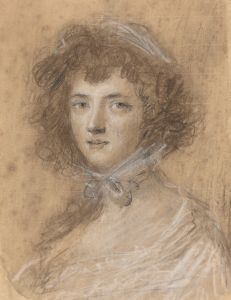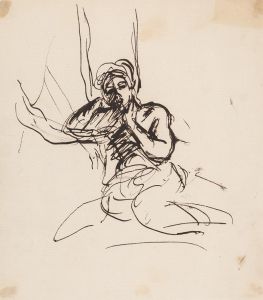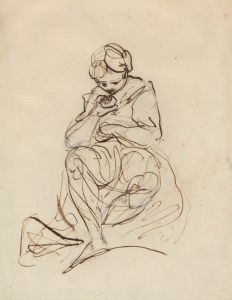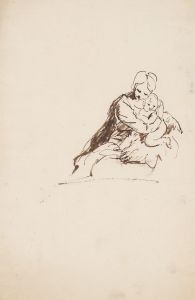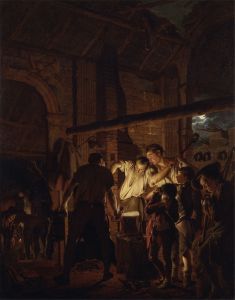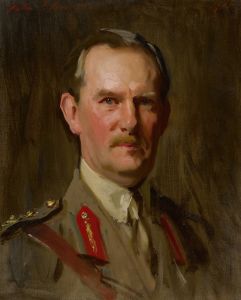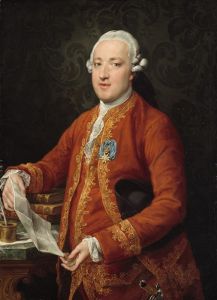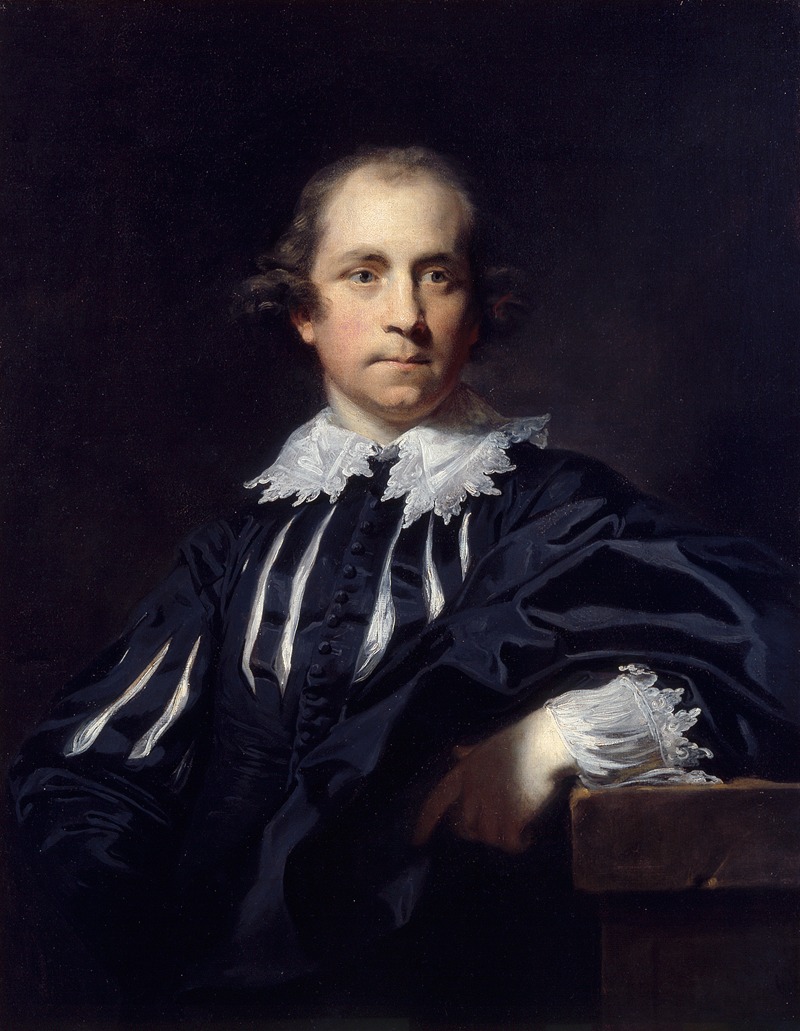
John Julius Angerstein
A hand-painted replica of Sir Joshua Reynolds’s masterpiece John Julius Angerstein, meticulously crafted by professional artists to capture the true essence of the original. Each piece is created with museum-quality canvas and rare mineral pigments, carefully painted by experienced artists with delicate brushstrokes and rich, layered colors to perfectly recreate the texture of the original artwork. Unlike machine-printed reproductions, this hand-painted version brings the painting to life, infused with the artist’s emotions and skill in every stroke. Whether for personal collection or home decoration, it instantly elevates the artistic atmosphere of any space.
John Julius Angerstein by Sir Joshua Reynolds is a portrait painting created by the renowned British artist Sir Joshua Reynolds, who was one of the most prominent portrait painters of the 18th century and the first president of the Royal Academy of Arts. The painting depicts John Julius Angerstein (1735–1823), a successful businessman, philanthropist, and art collector of the Georgian era.
John Julius Angerstein was a notable figure in London society, known for his contributions to the insurance industry and his extensive art collection. He played a significant role in the development of Lloyd's of London, a major insurance market, and was also a patron of the arts. Angerstein's art collection, which included works by Old Masters such as Raphael, Titian, and Rembrandt, later became the foundation of the National Gallery in London when it was purchased by the British government in 1824.
The portrait by Reynolds captures Angerstein in a formal and dignified manner, reflecting his status and influence. Reynolds was known for his ability to convey the character and social standing of his sitters through his use of composition, lighting, and color. In this painting, Angerstein is presented in a manner that emphasizes his intellect and refinement, consistent with Reynolds's style of portraying his subjects with a sense of grandeur and elegance.
The exact date of the painting is not definitively recorded, but it is believed to have been created during the height of Reynolds's career, likely in the late 18th century. The work is an example of Reynolds's mastery in portraiture, showcasing his skill in rendering textures, such as fabric and skin, as well as his ability to create a sense of depth and realism.
The painting is significant not only as a representation of Angerstein but also as a work by Reynolds, who was instrumental in elevating the status of portrait painting in Britain. Today, the portrait is recognized as an important historical artifact, reflecting the intersection of art, commerce, and philanthropy during the Georgian period.
Further details about the painting's current location or ownership are not provided in available historical records.





